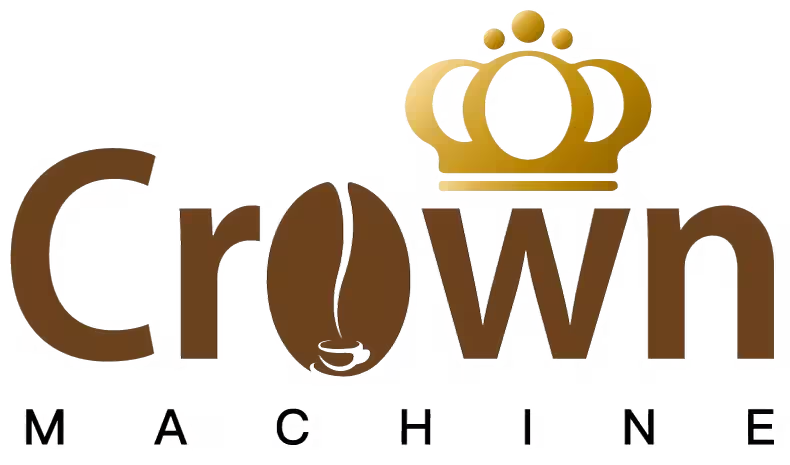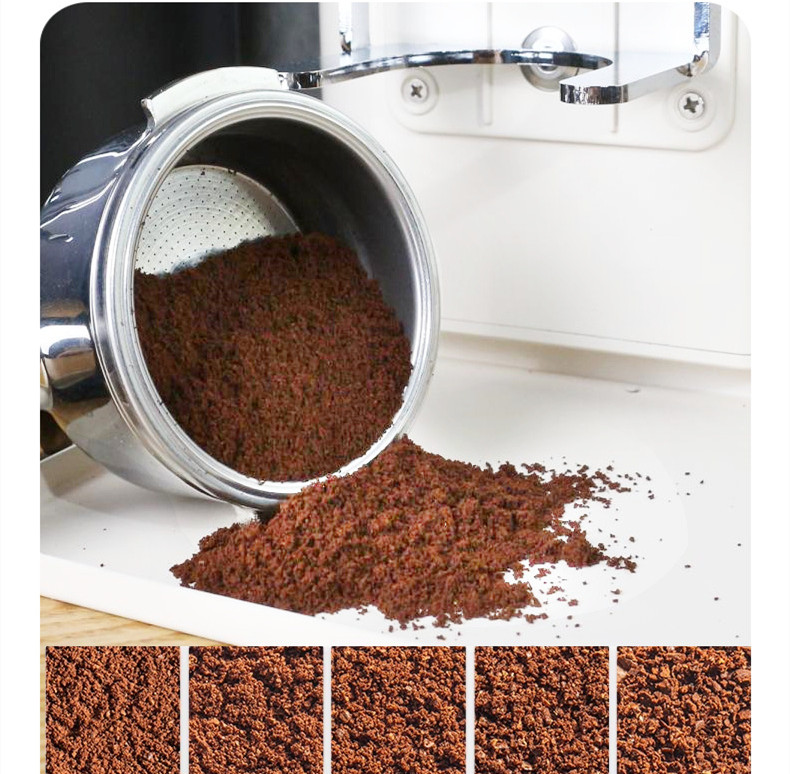Efficient Coffee Grinder Strategies for Family Gatherings: Meeting Multiple Preferences With Ease
Hosting a family gathering often means catering to diverse coffee preferences, from espresso lovers to French press enthusiasts. A reliable coffee grinder becomes a cornerstone for delivering fresh, customized brews efficiently. By optimizing grind settings, workflow, and maintenance, you can ensure everyone enjoys their ideal cup without unnecessary delays or compromises. Below are practical approaches to leveraging your grinder for seamless multi-person service.
Preparing for Varied Brewing Methods
Family members may favor different brewing techniques, each requiring distinct grind sizes. Anticipating these needs ensures smooth transitions between batches.
- Understanding Grind Size Requirements: Start by identifying the brewing methods your guests prefer. Coarse grinds suit French press and cold brew, medium grinds work for drip coffee makers, and fine grinds are essential for espresso or Moka pots. Label separate containers for each grind type to avoid confusion during serving.
- Batch Grinding for Efficiency: If multiple guests request the same brewing method, grind larger batches at once to save time. For example, prepare enough coarse grounds for three French press servings upfront. Use a scale to measure portions accurately, ensuring consistency across cups. Store excess grounds in airtight containers to preserve freshness if brewing is staggered.
- Adjusting Settings on Demand: For smaller groups or unique requests, demonstrate how to tweak grind settings quickly. Show family members how to turn the adjustment dial or switch between pre-set modes (if available) to toggle between coarse and fine outputs. Encourage them to observe the texture of the grounds to self-verify consistency.
Streamlining the Grinding Workflow
A well-organized grinding process minimizes wait times and keeps the coffee station accessible to all guests.
- Designating a Grinding Station: Set up a dedicated area with the grinder, scales, brushes, and containers for different grind sizes. Place clear instructions or visual guides nearby, such as a chart linking brew methods to grind textures. This empowers guests to grind their own coffee if desired, reducing your workload.
- Grinding in Phases: Avoid grinding all coffee at once, as grounds lose aroma and flavor rapidly. Instead, adopt a phased approach: grind enough for the first round of drinks, then pause to engage with guests before preparing the next batch. For large gatherings, assign a helper to manage grinding while you focus on brewing or socializing.
- Managing Static and Spillage: Grounds sticking to the grinder’s chute or scattering on the counter can slow down the process. Lightly dampen beans before grinding to reduce static electricity, or tap the grinder gently after use to dislodge stuck particles. Use a small tray or sheet of paper under the grinder to catch stray grounds for easy cleanup.
Maintaining Freshness and Hygiene During High Traffic
Frequent use during gatherings increases the risk of cross-contamination or stale grounds. Simple hygiene and storage practices maintain quality.
- Cleaning Between Grind Types: If switching from fine (espresso) to coarse (French press) grinds, brush out residual particles from the burrs and chute to prevent flavor mixing. A quick wipe with a dry cloth removes oil buildup, which can turn rancid and affect taste. For stubborn residues, grind a small handful of uncooked rice (for burr models) to absorb oils.
- Storing Grounds Properly: If guests don’t brew immediately after grinding, transfer grounds to opaque, airtight containers. Exposure to light, heat, or air accelerates flavor degradation. Label containers with brew methods and timestamps to prioritize usage order. Encourage guests to brew within 15–20 minutes of grinding for optimal freshness.
- Handling Bean Freshness: Use whole beans stored in a cool, dark place to ensure vibrant flavors. Avoid pre-ground coffee, as it lacks the nuanced tastes that fresh grinding unlocks. If guests bring their own beans, provide separate hoppers or containers to prevent mixing varieties, which could lead to unexpected flavor profiles.
Encouraging Guest Participation and Customization
Involving family members in the grinding process adds interactivity and ensures their preferences are met.
- Demonstrating Grind Texture Differences: Let guests feel coarse, medium, and fine grounds between their fingers to understand how texture impacts extraction. For example, explain that coarse grounds resemble breadcrumbs and require longer steeping, while fine grounds feel like powdered sugar and need pressure (as in espresso) to extract properly.
- Offering Taste Tests: Brew small samples of the same coffee using different grind sizes to highlight how adjustments affect flavor. For instance, compare a coarse-ground French press cup with a medium-ground drip version of the same beans. Discuss differences in bitterness, acidity, and body to help guests articulate their preferences.
- Teaching Basic Grinder Maintenance: Show family members how to brush the burrs or empty the chute to build confidence in using the equipment. Explain why a clean grinder produces better-tasting coffee and demonstrate how to reassemble parts safely after cleaning. This knowledge encourages respectful shared use of the appliance.
By tailoring grind sizes to brew methods, organizing workflows efficiently, prioritizing freshness, and fostering guest interaction, a coffee grinder becomes a catalyst for connection during family gatherings. These strategies ensure everyone enjoys a personalized, high-quality cup while keeping the hosting experience stress-free and enjoyable.


